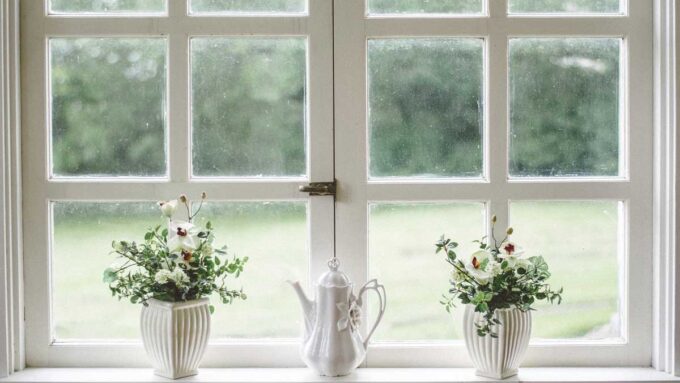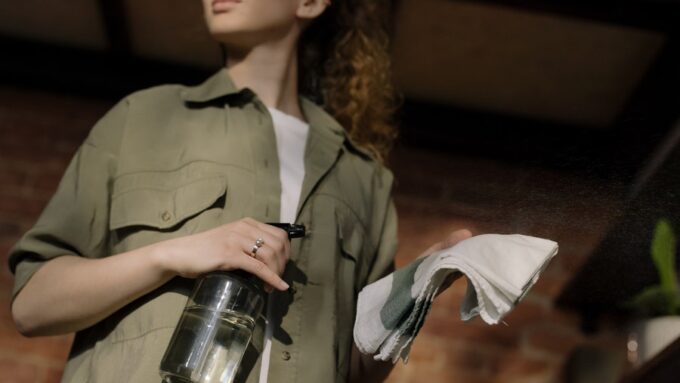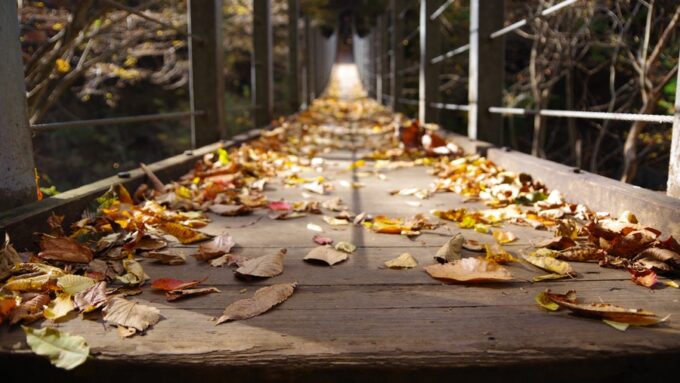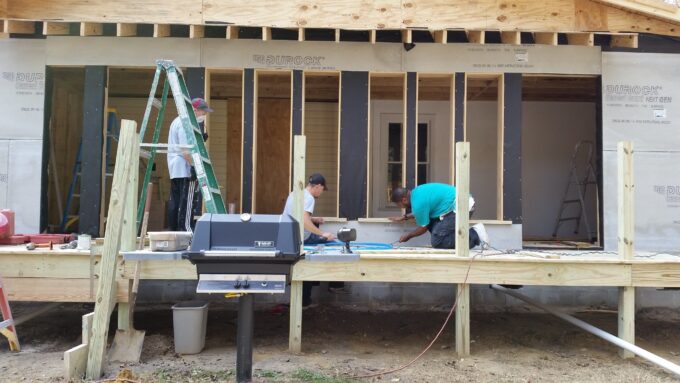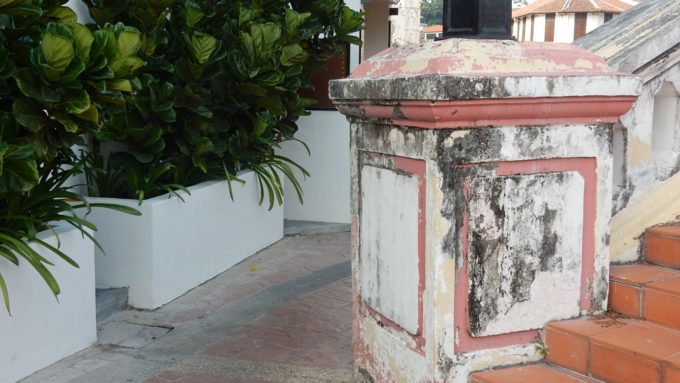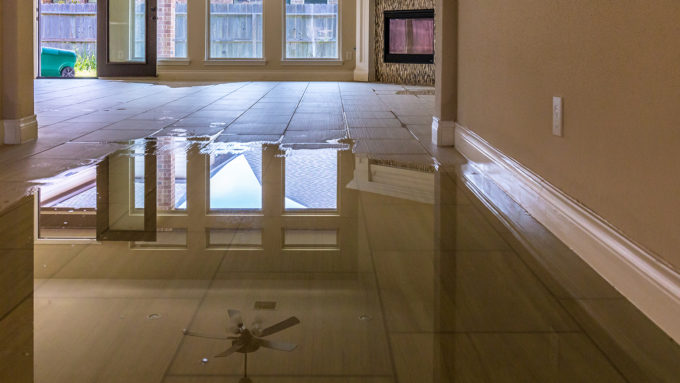During periods of heavy rain or seasonal changes that bring extra moisture, windowsills are one of the most susceptible areas for mold to grow.
Black mold is not only unattractive but can make existing lung and breathing such as asthma and allergies worse.
What’s more, if the mold stays on the windowsills for extended periods of time, it can damage and rot away the wood not only on the sills but around the entire frame of your windows.
Here are some ways you can keep on top of and prevent destructive mold on your windowsills.
Where Does Mold on Windowsills Come From?
Windowsills in bathrooms and kitchens are primary locations for mold growth. This is due to excess condensation that tends to form on the windows. Moisture is trapped and ultimately leaks down to rest on the bottom of the window and sills.
Condensation and extra moisture also affects the wood and window frames, which may be covered by blinds or other window treatments. This is why windowsills are the most noticeable areas of black mold.
If you leave your windows open to get some fresh air circulating throughout your home, but humidity or rain continue to leave windowsills damp, odds increase for mold growth.
If window seals are broken or your windows are old and drafty, it’s easy for moisture to get into these areas and create a perfect breeding ground for mold.
Watch high risk bathroom and kitchen windows for condensation and signs of mold, followed by Immediate clean up. These are keys to fighting off further mold growth and potential damage to window frames and sills.
Locate and Fix Causes of the Mold
The best way to combat mold growth on your windowsills is to find and correct the source of moisture.
Possible sources of excess moisture and condensation may be caused by:
- Failing gutters, roof
- Leaky pipes
- Old, damaged windows
- Excess humidity, moisture, condensation, steam
- Improper air circulation, ventilation and/or airflow
Safety Precautions when Cleaning Mold on Windowsills
Because mold can cause or make health conditions worse, always wear protective clothing to cover as much skin as possible, eye protection, rubber gloves and a face mask or respirator.
Remember that when cleaning mold, mold spores become airborne which may cause discomfort and irritation to your eyes, skin and affect your lungs and breathing.
Cleaning Moldy Windowsills
While harsh commercial cleaning products and bleach work well to kill mold at the root, there are safer, more natural ways to effectively remove mold on smaller areas such as around the windowsills.
Vinegar
Due to the acidic nature of common white vinegar, it’s extremely effective in removing over 80% of various mold species at the root.
- Fill a spray bottle with white vinegar and spray entire area of mold. Don’t saturate the affected area, just spray generously enough to cover the mold.
- Let stand for an hour to break down the mold and mold membrane.
- Gently scrub the area with a brush and rinse with warm water.
- Dry with a clean cloth and open window for a few minutes to let air dry.
Adding baking soda to the vinegar spray adds a power-boosting punch:
- Mix equal amounts of vinegar and water with two parts baking soda until it forms a paste.
- Brush the paste onto the moldy areas and let sit until paste is completely dry.
- When dry, gently scrub area with a brush and rinse with warm water.
- Wipe dry with a clean cloth and open window for a few minutes to air dry.
Natural Oils
Some natural oils such as tea tree oil, have an amazing level of anti-fungal and anti-bacterial components which kills mold at its source.
- Mix together and generously spray (not saturate) the mold-infected area.
- Let stand for a few hours or preferable, overnight.
- Gently scrub area with a brush and rinse with warm water.
- Wipe dry with a clean cloth and open window for a few minutes to air dry.
Prevention
The key to getting rid of mold is to prevent it from forming in the first place.
Here are some things to check and repair if mold on your windowsills keeps coming back:
- Repair cracks, leaks, broken seals around your windows.
- If high humidity is an issue in your home, use fans, air conditioning and dehumidifiers to keep humidity levels in check.
- Run exhaust fans in the kitchen and bathrooms to dry out excess moisture and condensation especially after showers or steamy cooking.
- On breezy days, open windows for a few minutes to help keep things dry and improve fresh air flow inside your home.
- Replace leaky or failing gutters and downspouts so water doesn’t drain down the house and pool inside window areas.
When to Call for Help
If the mold is contained to small areas (under 10 square feet) like windowsills, it’s OK for you to clean yourself while using proper safety precautions.
However, if the mold is a recurring problem or it spreads despite your best efforts, call in a mold remediation specialist for an inspection.
A professional mold remediation specialist can locate the potential causes of a recurring mold problem and has the ability to eliminate mold at its root.
Remember that if mold spores have spread around your home, it won’t take long for it to become a serious problem that becomes too much to handle.
Conclusion
When mold spreads or becomes a recurring issue in your home, don’t take chances with your safety and health.
In Sonoma County, call the mold remediation specialists at RCS. We are here to help you eliminate mold at its root.

